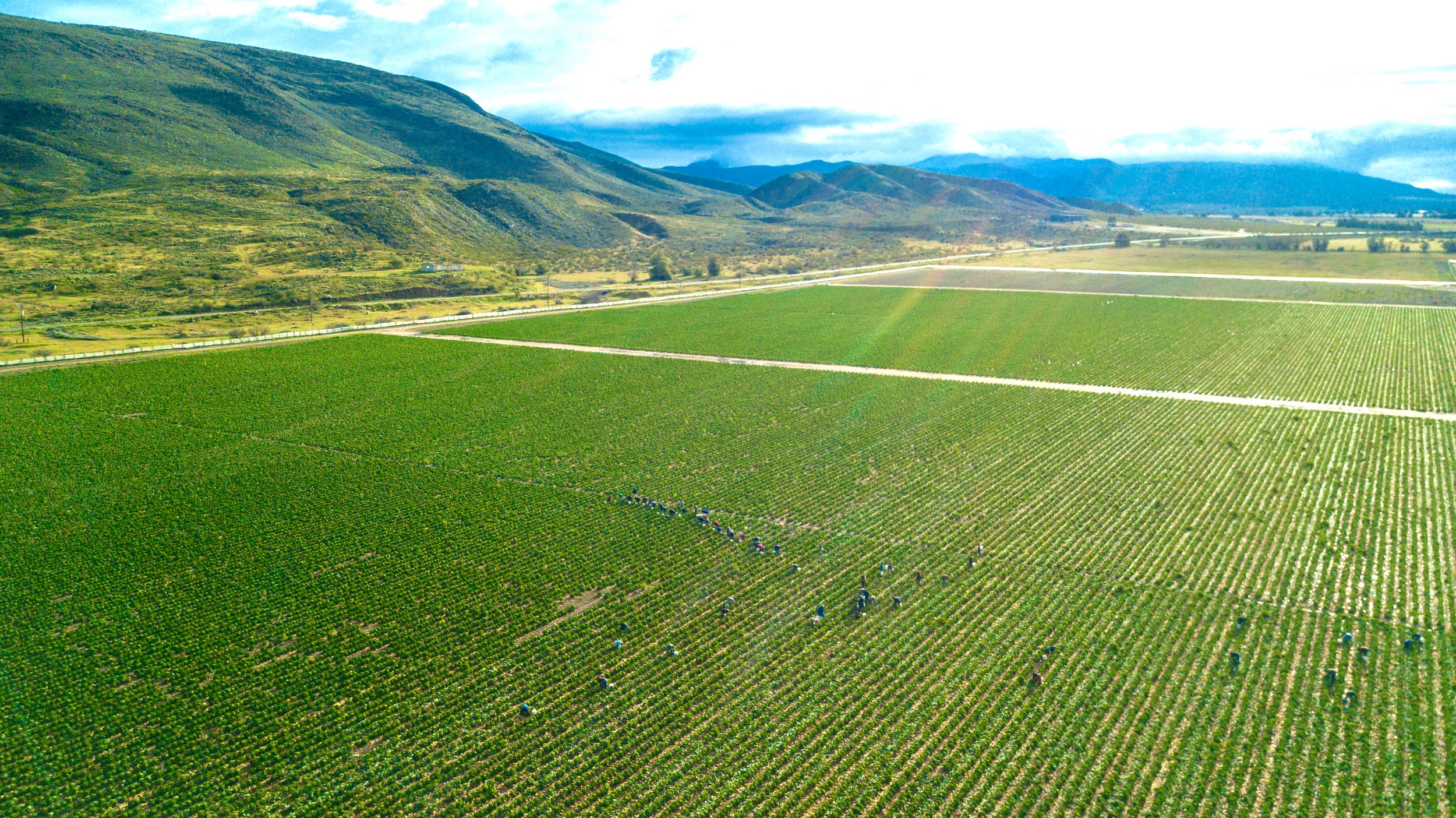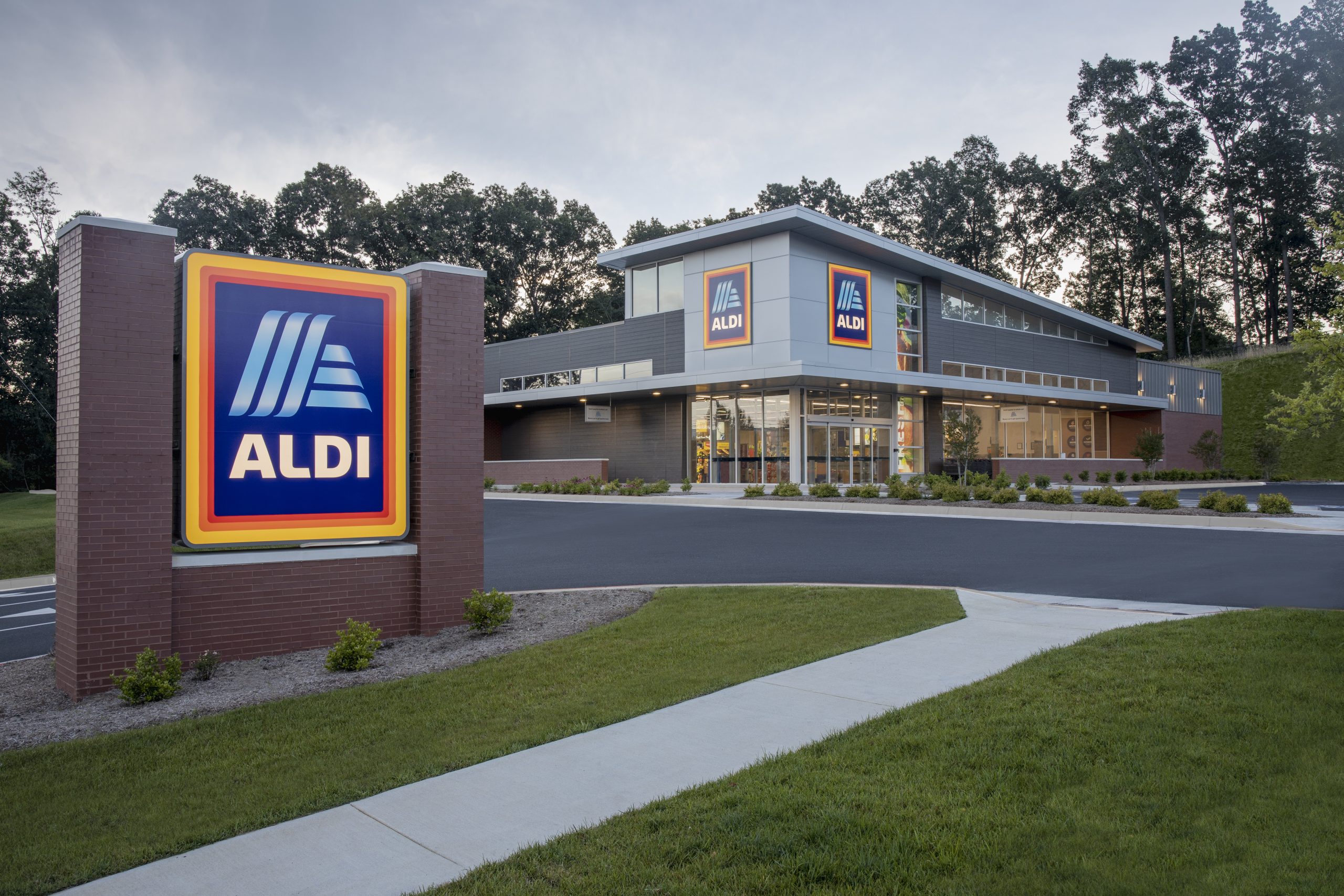Welcome to Blue Book!
Are you ready to join the thousands of companies who rely on Blue Book to drive smarter decisions? View our plans and get started today!
Still have questions? We’d love to show you what Blue Book can do for you. Drop us a line– we’ve been waiting for you.

In this article
It may not have the year-round bounty of California or the sunshine of Florida, but Ohio offers a cornucopia of fresh produce over the summer months and into the fall. It’s particularly well suited to vegetables, though plenty of fruits crowd its fertile fields as well.
As a centerpiece of mid-America, Ohio serves the nation from coast to coast as a transportation and logistics hub with highways, lake ports, and major airports—all facilitating the flow of fresh produce into and out of the state.
So how has the Buckeye State fared over the last year? Most industry insiders mention 2024 as being mild in the field and at market. Yet rising costs, strained labor, and looming tariffs may spell trouble for the months ahead.
Seasonal Reports
Nestled in the northern reaches of the state in Huron County, southwest of Cleveland, is Holthouse Farms of Ohio, Inc. BB #:102784 in Willard, founded in 1903.
The fifth-generation family-run grower and shipper handles a wide range of vegetables, including growing its own, with both conventional and organic acreage in the region’s well known muck soil.
Asked about last season, Kirk Holthouse, vice president of the company, reports, “Last year was dry, which we like.”
Another Willard-based grower-shipper of vegetables is Buurma Farms, Inc. BB #:102783, founded in 1896.
Chadd Buurma, president, recalls last season as a relative triumph. The family-owned and operated company cultivates crops in northern Ohio and in Michigan. “It’s a high-priced insurance policy,” he admits, but “last year, it paid off.”
He says Ohio experienced timely rains, yet no scorching heat, while much of the weather around Gregory, MI, which is northwest of Ann Arbor, was stormy. The downside to good Ohio weather was oversupply.
Buurma Farms grows more than 30 different crops, ranging from beets, radishes, and sweet corn to greens, lettuces, and squash, alleviating the impact of overabundance in any single category. “You never know when one might spike.”
The Buurma Farms has also segued into a new venture: cultivating lettuce under protection, in a greenhouse. “Last year was our first year of growing lettuce on our property,” shares Buurma.
Nature Fresh Farms Sales, Inc. BB #:328995 is the opposite—a full-on greenhouse grower headquartered in Leamington, Ontario, with a branch in Delta, OH. Rob Peeters, vice president of farm operations and strategy, acknowledges the pros and cons of controlled environment agriculture.
Yes, there’s more control over the internal growing cycle, but greenhouses are still affected by outside weather. Like last year, when there was a lack of sunlight and some very chilly temperatures, which added to expenses.
“Limited sunlight required additional lighting hours,” Peeters explains. “Extended cold periods also demanded more energy and inputs to maintain the optimal climate, further driving up internal costs and affecting yields.”
Despite the challenges, there was still plenty to cheer about for the greenhouse vegetable grower, including an addition to its lineup—strawberries.
“The convenience of prepacked items (salad kits, fruit cups, and chopped greens, for example) has also impacted how growers are looking at markets.”
Commodity Trends
For Economy Produce & Vegetable Company, Inc. BB #:102471, a receiver located on the Cleveland Produce Terminal, every year brings supply and demand fluctuations. The company serves a variety of wholesale, retail, and foodservice customers.
Adam Silverman, executive vice president, says the business is affected by trends near and far, including in California, Florida, and Mexico.
For instance, lettuce recently went up in price and demand due to poor weather out West, and it was a struggle to get Florida crops to Ohio for similar reasons. Fortunately, buying from numerous suppliers helps provide overall consistency.
Even so, generally speaking, Silverman describes a decrease in demand for what he calls “generational products” or previous staple items like Red Delicious apples, artichokes, escarole, fennel, and radishes.
“Other items that could fall into this category would be more processed and packed fruits and vegetables,” Silverman observes. Further, he notes, “The convenience of prepacked items (salad kits, fruit cups, and chopped greens, for example) has also impacted how growers are looking at markets.”
Silverman also believes the convenience factor of packaged items is changing consumer buying habits, such as opting for chopped or bagged salad instead of head lettuce.
Other trends, local or national, are making their mark too. Holthouse mentions chile peppers as continuing to rise in popularity and use, especially Japanese varieties.
According to Buurma, demand for organics is still climbing. “Organics are getting stronger,” he says, although he notes sales of superfoods like kale have “leveled off and maybe even fallen.”
Peeters reports greenhouse products continue to do well, with one vegetable (though botanically a fruit) in particular seeing a surge in sales due to social media: cucumbers.
He says Nature Fresh Farms’ long English cucumber sales grew by 8.5 percent and mini cucumber sales grew by 21 percent last year, “driven by the viral popularity of cucumber salad.”
Harking from the Heartland
For produce businesses anchored in Ohio, most laud location as a key strategic advantage.
“We’re so close to heavy population centers,” notes Holthouse. Overnight delivery from Ohio can reach the majority of the nation, including the entire Midwest and Northeast.
This is particularly helpful because, as Silverman points out, “Sourcing and freight costs have been impacted by the current economic climate.”
Further, he says Ohio’s reach makes it possible to not only offer a broad array of fresh produce to diverse clients, but fast, affordable shipping and delivery.
Peeters mentions another advantage, continuous availability due to greenhouses like Nature Fresh Farms. “Year-round production of conventional and organic vegetables gives Ohio an edge,” he says, especially “in colder months when traditional farming isn’t an option.”
“Our major chains really support homegrown—it gives us consistency.”
Buurma is also thankful for the state’s stance on locally grown produce. Not only are retailers enthusiastic about seasonal fruits and vegetables, but the state has a robust support system in place for growers.
“Our major chains really support homegrown,” he confirms, and he’s also happy to be a part of state branding initiatives like Ohio Proud, which continues to be immensely popular with consumers.
“It gives us consistency,” Buurma says, especially important when there’s so much economic turmoil. “The market can be volatile with the cost of labor, packaging, and freight.”
Concerns and Challenges
Despite all the benefits of growing and shipping in Ohio, there is an occasional disadvantage, or two.
Holthouse points to the ever-increasing cost of labor, noting workers are the backbone of any operation.
Buurma agrees, weighing in on the federal H-2A program, which he says has it own pros and cons. The positive, he notes, “It gets you a good labor force.” But he also says the program needs some fixes or modifications and costs are high.
Other impediments to the supply chain include port strife, highway congestion, and equipment or supply shortages. Then there’s the one no one can control: weather, in Ohio, or around the rest of the country.
“We saw many areas trying to recover from devasting hurricanes, rains, and fires,” recalls Silverman. He also fears the impact of weather is worsening, creating gaps in supply and driving up prices. “You don’t realize how fast markets can be impacted.”
The latest hurdle? On-again, off-again tariffs. Even with no tariffs on most United States-Mexico-Canada Agreement (USMCA) compliant goods, others weren’t exempt, like some chemicals, seeds, and fertilizer.
“How’s it going to affect agriculture?” Buurma asks, finding the frequent changes frustrating.
And even with the latest development—the recently announced 90-day pause—other tariffs remain, causing confusion and volatility across the global supply chain.
Of course, no one knows what will happen after three months, or if there will be another reversal.
Peeters believes trade uncertainties will continue to dominate cross-border trade in the months to come. “Staying adaptable will be critical.”
“[This year] is shaping up to be a strong year in terms of demand, production capacity, and product quality.”
Future Outlook
After years in the trade, the Ohio businesses profiled here know every season will be different and bring its own set of challenges.
Buurma says trying to predict what’s going to happen isn’t the best course of action. “You’ve just got to be flexible.”
For his part, Peeters is optimistic. He believes 2025 “is shaping up to be a strong year in terms of demand, production capacity, and product quality.”
Similarly, Silverman anticipates a growing customer base. “The expansion of our product availability and sourcing from new vendors will provide a limitless ceiling for growth.”








